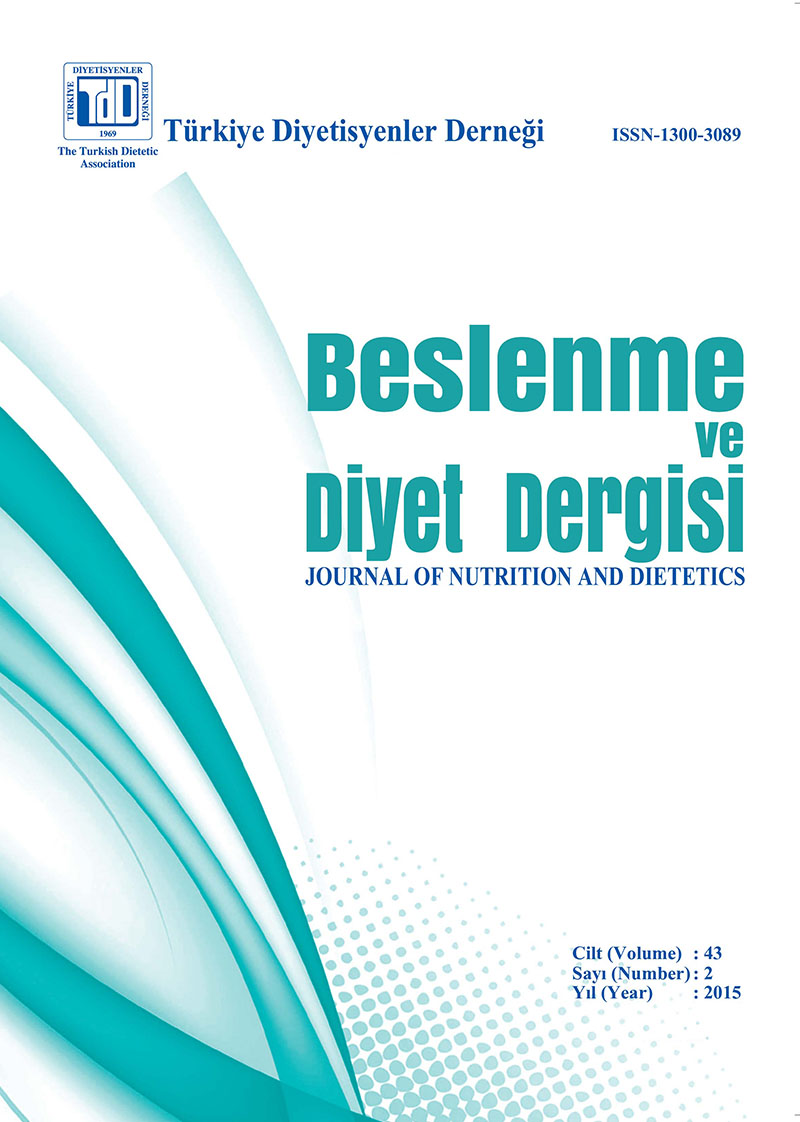Skinfold Thickness Versus Bioimpedance Analysis: Body Fat Prediction in Adults
Keywords:
Skinfold thickness, bioelectrical impedance analysisAbstract
Aim: Obesity is an important public health problem and its prevalence has been increasing in the world. Measurement of body fat content using bioelectrical impedance analysis (BIA) is a useful tool in epidemiologic studies. Skinfold thickness measurement is simple and easy method for assessing body composition. The aim of this study was to evaluate body fat measurement using skinfold thicknesses (triceps, biceps, subscapular and suprailiac) and BIA in a group of 20-49 year old women. The other aim of this study was to determine the correlation between BIA and total of four skinfold thickness measurements. Subjects and Methods: A total of 619 women in normal weight (BMI:18.5-24.9 kg/m2, n=170, 27.4%), overweight (BMI: 25.0-29.9 kg/m2, n=179, 28.9%) and obese (BMI: ≥30 kg/m2, n=270, 43.6%) were included in the study. In this study, skinfold thicknesses were measured at the triceps, biceps, subscapular and suprailiac sites. Body fat percentage was calculated by using four skinfold thicknesses. Data were analysed by SPSS version 15.0. p<0.05 was set as statistically significant. Results: Body fat percentage was detected as 42.0±2.9%, 36.5±3.2%, 30.1±3.7% in obese, overweight and normal weight women, respectively with skinfold thickness measurements. On the other hand, body fat percentage was determined 41.2±4.2%, 33.5±3.6%, 26.4±4.4% by using BIA measurement. Intra classcorrelation coefficient was used for examining the consistency of the fat percentage results. At the end of the study, strong, positive, linear correlation was determined between fat percentage with BIA and skinfold thickness (r=0.929, p<0.001). Conclusion: BIA and skin fold thickness measurements are useful for estimating body fat and could be used interchangeable.

